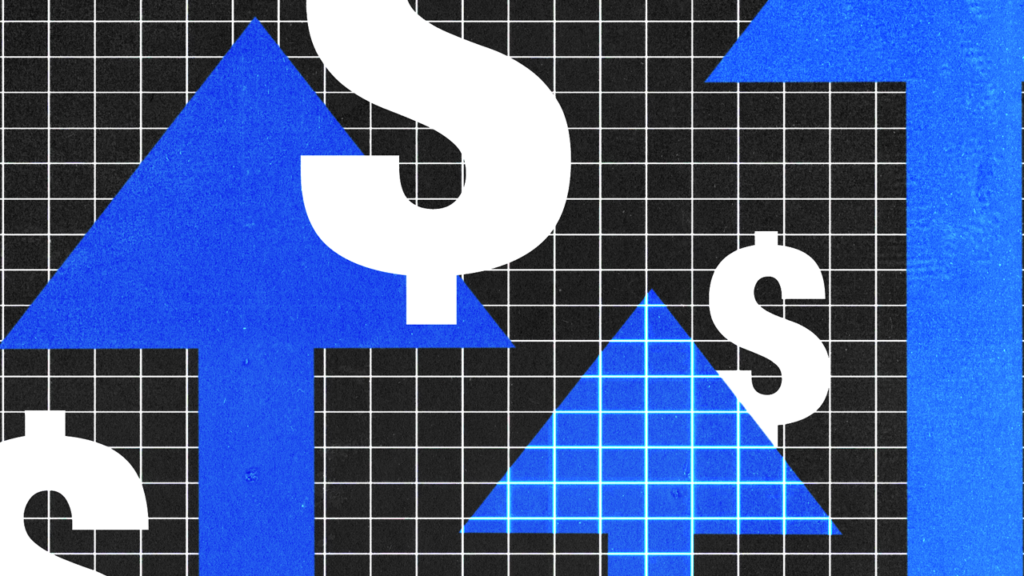As advertisers ready for the holiday season, Merkle’s latest digital marketing report offers some insight on how paid and organic search, paid social and display ad spend in Q3 fared in the pandemic.
The data show that Google search ad spending rose 11 recent year-over-year (YoY) in Q3, up from nine percent in Q2. Travel advertisers cut Google search spending 40 percent YoY in Q3, up from a 47 percent decline a quarter earlier. Retail search spending growth increased slightly from 11 percent YoY in Q2 to about 12 percent in Q3. For financial service companies, Google search spending dropped five percent.
Average cost per click (CPC) declines improved slightly from a 22 percent decrease in Q2 to a 10 percent decline in Q3. And as consumers started leaving their house again, Google click growth slowed from 39 percent YoY in Q2 to 24 percent in Q3.
Spending on Google Shopping ads saw a five percent increase in Q3 compared with Q2, while Google text ad spending increased nine percent compared to 10 percent in Q2.
Overall spending in retail and ecommerce categories led platform growth in Q3 YoY, with retailer sales from Google search ads up 44 percent YoY in Q3, down from an 87 percent increase in Q2.
As far as organic search, retailers and consumer goods brands saw the largest growth rates, with visits up 42 percent YoY in both Q2 and Q3. Travel organic search visits dropped 37 percent YoY in Q3, an improvement from a 50 percent decline in Q2.
Visits for non-essential goods brands were up 54 percent in Q3 while apparel brands saw an 11 percent decrease in organic search visits.
Google organic search visits on mobile increased 33 percent in Q3, down from 35 percent growth in Q2. Together, phones and tablets accounted for 64 percent of Google organic search visits to brand sites.
Across all platforms, Merkle’s research reveals that paid social ad spend was up 19 percent YoY in Q3, up from 11 percent growth in Q2. Meanwhile, spending on traditional display ad platforms dipped three percent YoY, albeit it was an improvement from an 11 percent decrease in Q2.
Spending on Instagram ads was up 34 percent YoY, a four percent increase from Q2. Similarly, spending on Facebook ads grew 12 percent YoY in Q3, up from four percent growth in Q2.
Pinterest and Snapchat accounted for 17 percent of total social budgets among advertisers whereas Twitter accounted for 11 percent. For LinkedIn, the rate was six percent.
Click and sales growth for Amazon Sponsored Products ad slowed in Q3, but continued to outperform major digital ad products. Ad spending on Amazon Sponsored Brands was up 74 percent YoY in Q3, up from 58 percent growth in Q2. In addition, the format’s average CPC rose 16 percent YoY in Q3 after dropping 19 percent in Q2.

